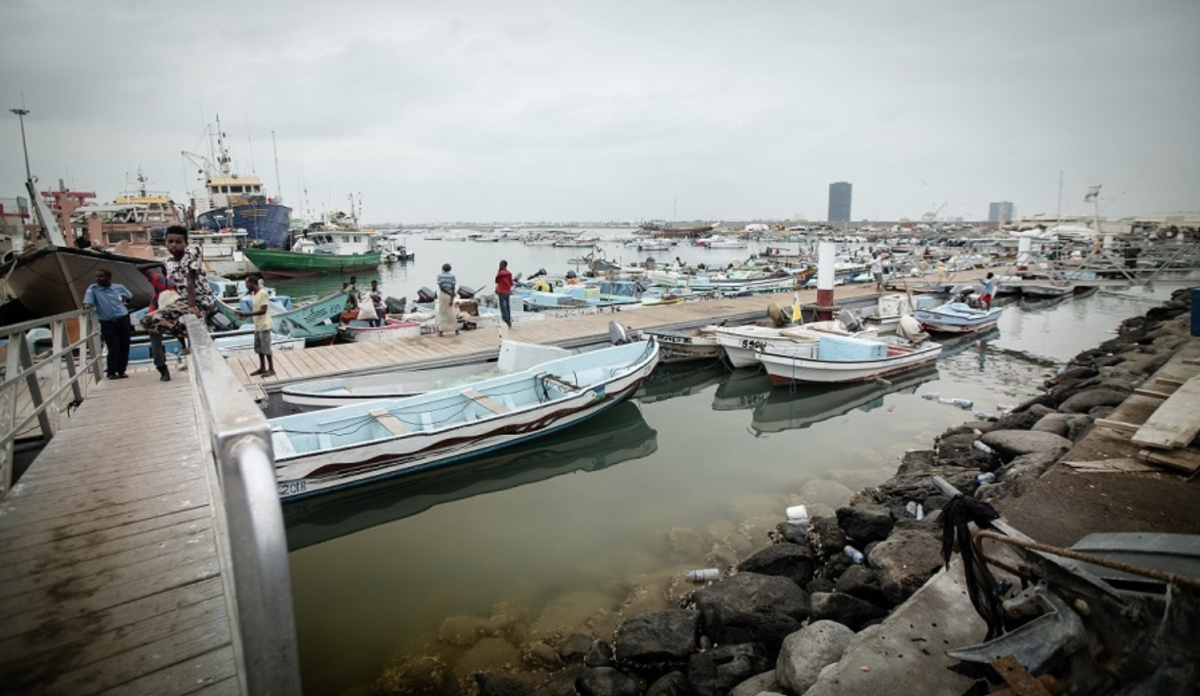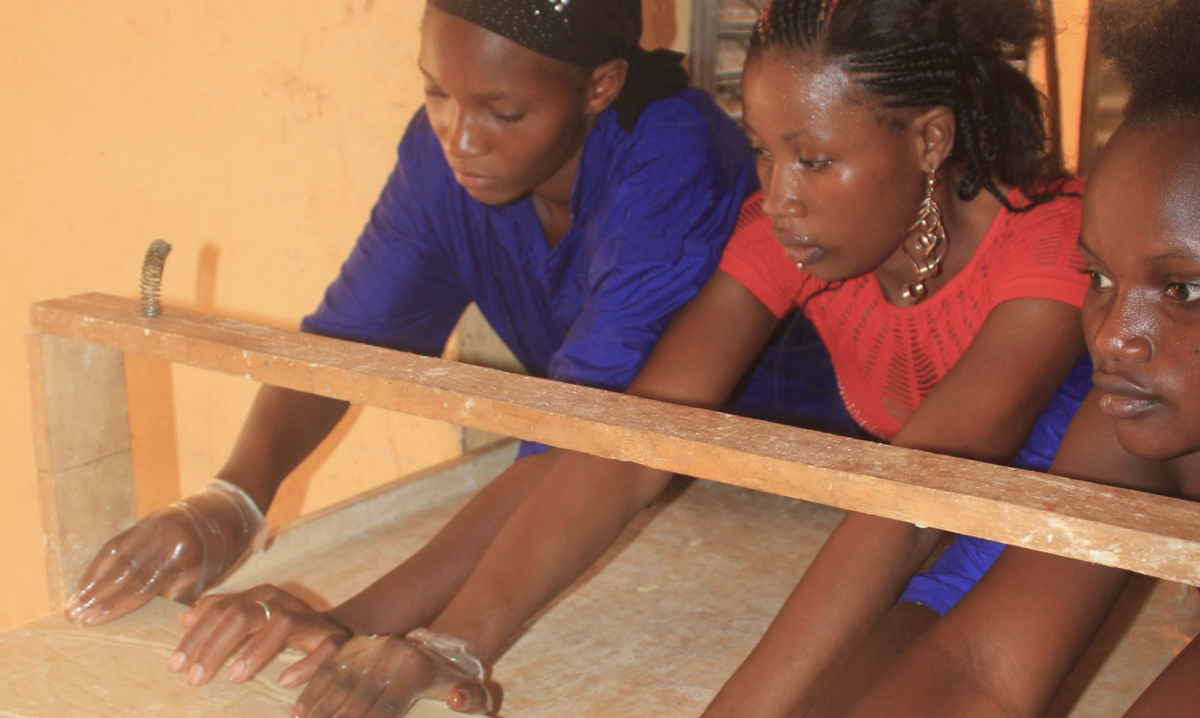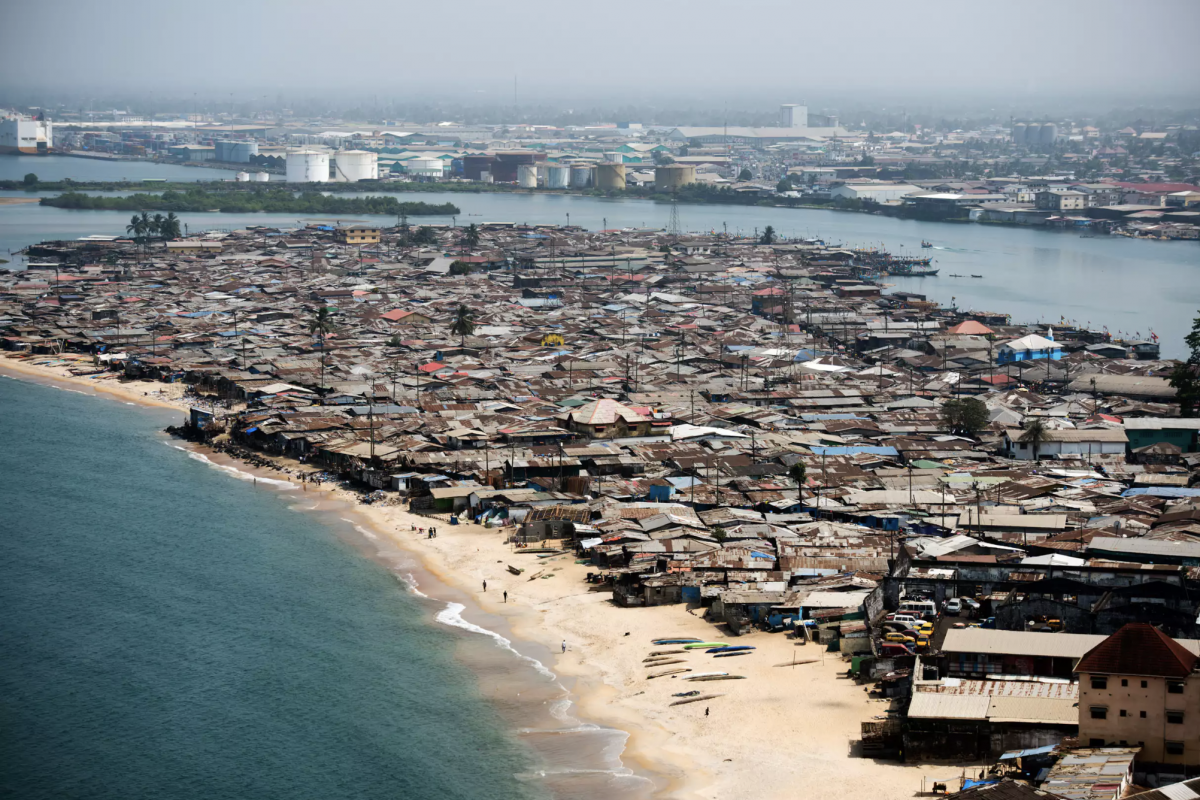Supporting Bhutan to advance their NAP process
Project Overview
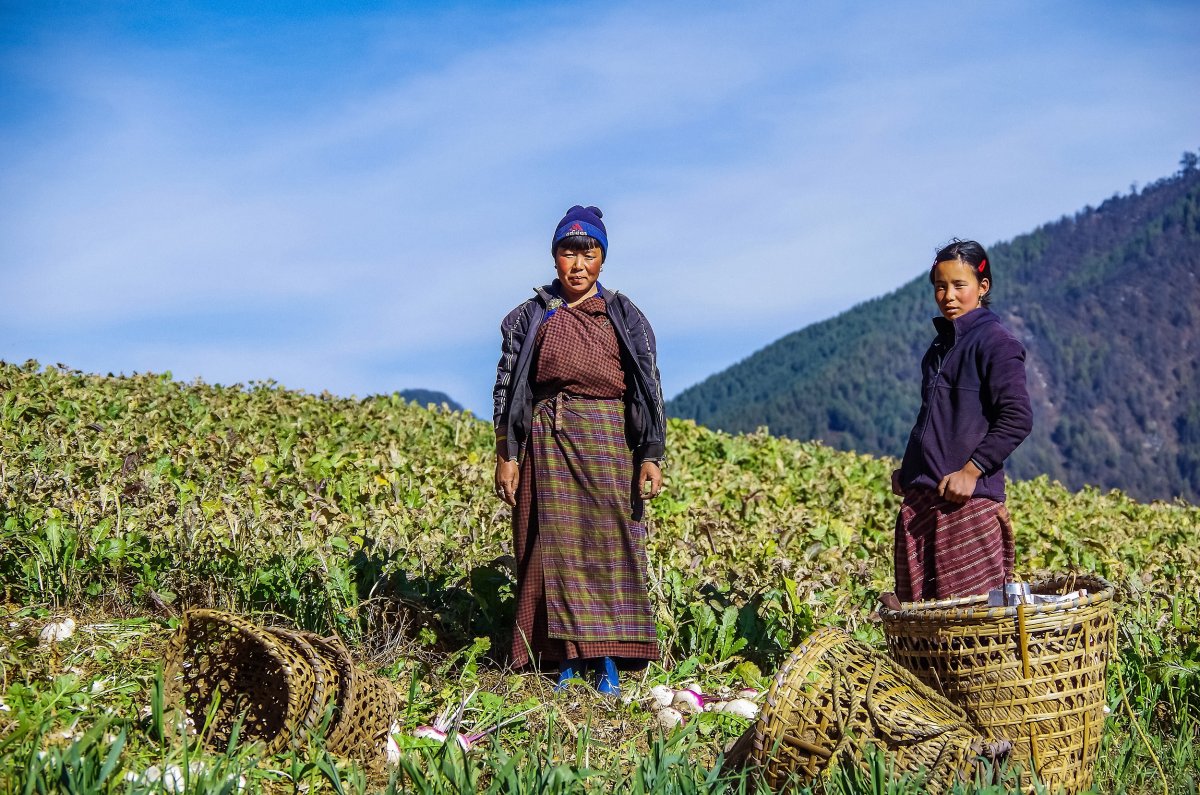
Country background, Sustainable Development Goals and Paris Agreement
The Kingdom of Bhutan is a landlocked least developed country (LDC) in the Himalayan Mountains, with a population of 768,577, covering an area of 38,394 km². The area is mountainous, with steep slopes and 70 percent forest cover. The climate varies by altitude from alpine to subtropical and is strongly influenced by monsoons. The terrain limits agricultural productivity, but whilst agriculture contributes only 16 percent to GDP, it employs around 58 percent of the workforce. Changes in rainfall are expected to lead to wetter conditions in the monsoon season and slightly drier winters. Extreme climate events, such as heavy rainfall, are becoming more common and have led to flash floods and landslides. These hazards are expected to affect a range of sectors.
In 2006, Bhutan developed its National Adaptation Programme of Action (NAPA). The NAPA formed a set of objectives, which included identifying immediate projects and activities that can help communities adapt and to integrate climate change risks into the national planning process. The NAPA projects and profiles were updated in 2012, to identify eight priority projects. Environmental protection is a priority for the Kingdom of Bhutan, and this is mandated by the Constitution. Bhutan´s 11th Five Year Development Plan 2013-2018 prioritises climate change, with a National Key Result Area (NKRA) on ‘Carbon neutral/green and climate resilient development’. However, the NKRA still needs to be articulated into sectoral strategies, in key areas such as hydropower and agriculture. Climate change adaptation is not explicitly integrated into policies such as the National Environment Protection Act (2007) and the Economic Development Policy (2017). Bhutan ratified the Paris Agreement in September 2017. The country’s Nationally Determined Contribution (NDC), submitted in 2015, includes an adaptation component, identifying ten priority adaptation needs based on the NAPA and the vulnerability assessment of the Second National Communication (2011).
As adaptation to climate change is critical, Bhutan has highlighted priority adaptation actions in its NDC. For each of the priorities, a set of proposed adaptation actions are put forward. The NDC also stated that it recognizes the importance of formulating a National Adaptation Plan (NAP) for the medium-to long-term, to reduce vulnerability, by integrating adaptation into development planning and implementing priority adaptation actions. The importance of external funding to enable the formulation and implementation of the NAP process has been highlighted in the NDC. Preliminary climate change scenarios and a vulnerability assessment were carried out as part of the Second National Communication (SNC) to the UNFCCC (2011).
How has the NAP-GSP supported to date?
| Support with the NAP preliminary assessment and capacity development |
There are several projects supporting the strengthening of climate and weather information systems. Preliminary assessments have been carried out specifically for the water sector. Water has been identified as a key, crosscutting sector for adaptation in the country, calling for further water-specific risk assessments. There is a need to put in place more solid baseline risk assessments and economic analysis to inform selection of priority adaptation investments. A capacity development plan on adaptation and a review of institutional arrangements were carried out under the NAPA II project. |
|
Produced a Stocktaking Report to identify priority areas for the NAP process
|
Priority areas for the NAP process, identified during consultations, include: enhancing climate information; addressing climate risk management in line with NDC adaptation priorities, especially with regards to water; strengthening prioritization and appraisal of adaptation investments; and building monitoring and evaluation systems to strengthen learning and evidence on adaptation.
|
|
Helped build capacity and facilitated access to additional climate finance
|
The Kingdom of Bhutan launched its National Adaptation Plan (NAP) process in 2015, and in January 2019 the Green Climate Fund (GCF) approved readiness funding to further advance Bhutan’s NAP process with a focus on water as a cross-cutting adaptation issue with the support of UNDP. Bhutan’s NAP process aims to build on Bhutan’s Nationally Determined Contribution (NDC), articulate medium to long-term climate adaptation priorities, and scale up investment in adaptation in priority sectors - including water resources.
|
News
Advancing climate adaptation in Bhutan: Common challenges and solutions - 7 March 2020 – Common challenges and solutions that emerged from a compilation of interviews conducted at the Gobeshona 6 Conference from the government, municipality and academic sector.
Success stories from Bhutan’s process to formulate and implement the NAP - 5 March 2020 - The Kingdom of Bhutan launched its National Adaptation Plan (NAP) process in 2015, and in January 2019 the Green Climate Fund (GCF) approved readiness funding to further advance Bhutan’s NAP process with a focus on water as a cross-cutting adaptation issue with the support of UNDP.
Preparation of a National Adaptation Plan (NAP) for Bhutan, with a focus on the water sector - June 2019 - Bhutan has identified the water sector as a national priority, and seeks to identify synergies and areas of cooperation in terms of water resources management and development among different sectors in the 12th Five Year Plan (FYP).
‘Protect landscapes to protect everything’: Bhutan announces national push for climate resiliency and conservation - 11 November 2017 - As COP23 international climate talks continue in Bonn, Bhutan has launched a groundbreaking US$13.9 million Global Environment Facility project aimed at enhancing the resilience of communities and protecting the country’s unique and rich biodiversity in the face of a changing climate.
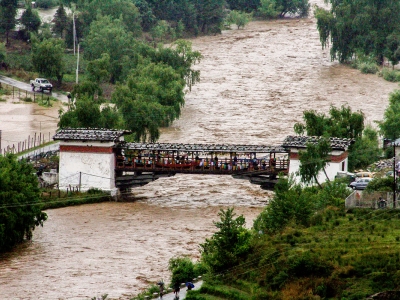 Assessing climate risks and vulnerabilities is essential for adapting to climate change
Assessing climate risks and vulnerabilities is essential for adapting to climate change  Success stories from Bhutan’s process to formulate and implement the NAP
Success stories from Bhutan’s process to formulate and implement the NAP 







